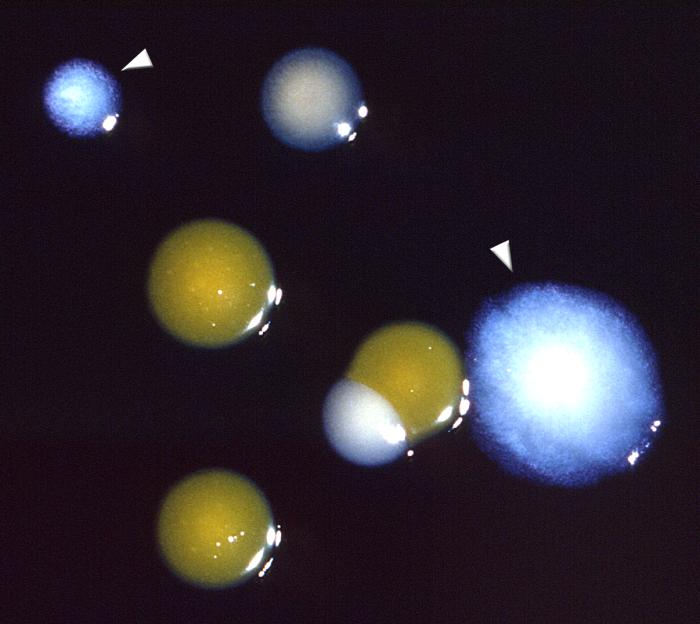The Illinois Department of Public Health reported last week of a Legionnaires’ disease case in a resident of the Illinois Veteran’s Home in Quincy (IVHQ). The patient has since been treated and released from the hospital.

In 2015, a large Legionnaires’ disease outbreak was reported at IVHQ where dozens were sickened and a number of deaths were reported.
Health officials say IVHQ completed an extensive renovation of its plumbing systems last year in response to the 2015 Legionnaires’ disease outbreak. Renovations included construction of a water treatment plant capable of providing higher-quality water for the Home’s sensitive population. IDVA continues to test and treat its water for harmful bacteria, including Legionella.
Along with additional chlorine treatments, IVHQ maintains hot water at 150 degrees to prevent the growth of Legionella. Hot water is then mixed with cold water to a temperature of 110 degrees, which allows for the maximum control of bacteria while protecting residents from scalding.
LISTEN:
Legionella bacteria occur naturally in the environment. As such, the source is rarely identified in cases of Legionnaires’ disease. The CDC reports there has been a rise in the number of cases of Legionnaires’ disease over the past 15 years, with 6,000 cases reported nationwide in 2015. Approximately 300 cases are reported each year across Illinois.
Related:
- Strongyloides stercoralis hyperinfection: Researchers identify chemical that suppresses parasite
- Crown Princess outbreak update: Clostridium perfringens food poisoning implicated
- Walter Reed-developed Zika vaccine induces strong immune response in three phase 1 studies
- Guinea worm disease: A discussion about the ‘fiery serpent’
- The cost of measles: A CDC review

